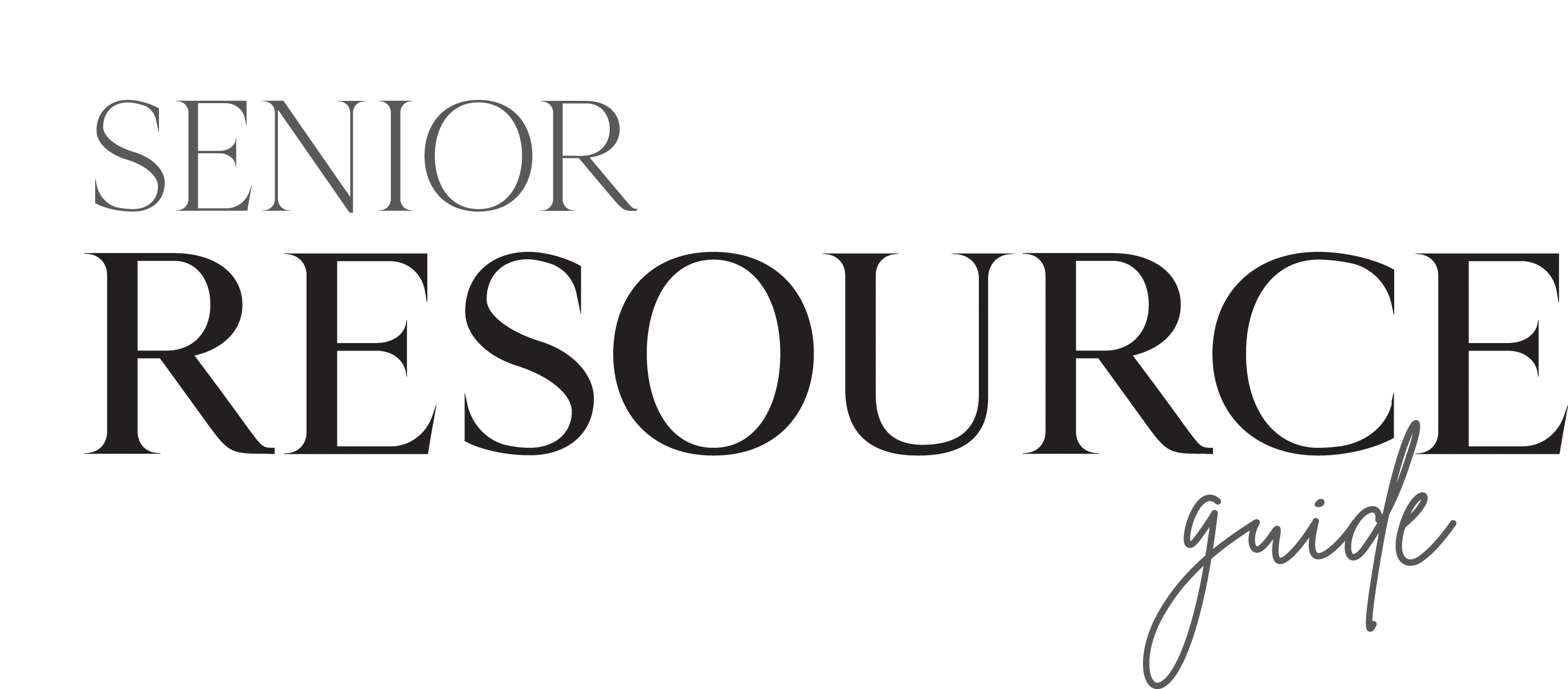
"The decision."
It's never an easy one to make for an independent adult, but we find ourselves at this cross-road eventually.
The checklist that follows can help to make your decision easier, allowing you to determine whether or not a person should really be home alone.
These warning signs should alert you that an individual may not be capable of meeting all of his or her needs.
Check each area that applies to your resident or loved one. Even one checked area is a warning sign that should not be ignored.
Eating
Individual/loved one is not eating or not eating properly
Bathing/Hygiene
Individual/loved one is not bathing and is uninterested in personal hygiene
Dressing/Grooming
Individual/loved one has lost interest in appearance or does not dress all day
Medications
Individual/loved one takes medicine at the wrong time or takes the wrong dosage
Housekeeping
Individual/loved one is not able to clean or keep the house as before
Mobility
Individual/loved one cannot ambulate without some assistance, or has frequent falls
Security/Safety
Individual/loved one is alone, vulnerable, and may require daily visits
Independence
Individual/loved one is increasingly dependent on others for assistance with transportation, shopping, financial affairs, laundry, etc.
Socialization
Individual/loved one is not in contact with others, or lacks group interaction
As always, the well-being of the resident/loved one is the primary focus during these milestones of aging. It's imperative to take an objective look at their needs and assess what is best on a regular basis. Talk to a health care provider immediately if you're concerned about your resident/loved one.
This article is brought to you by Parsons House Austin.

